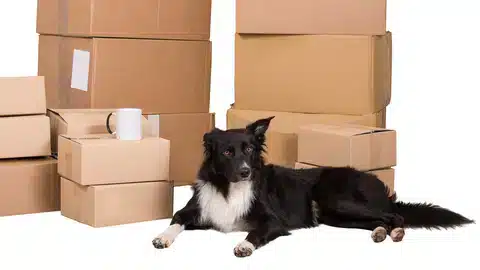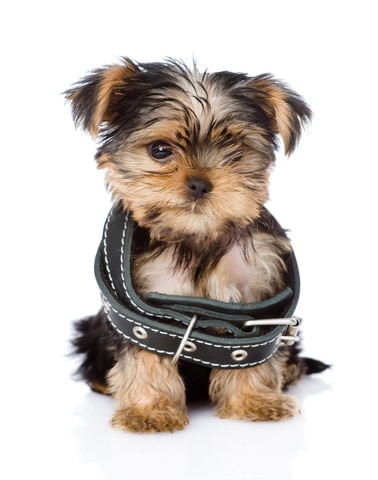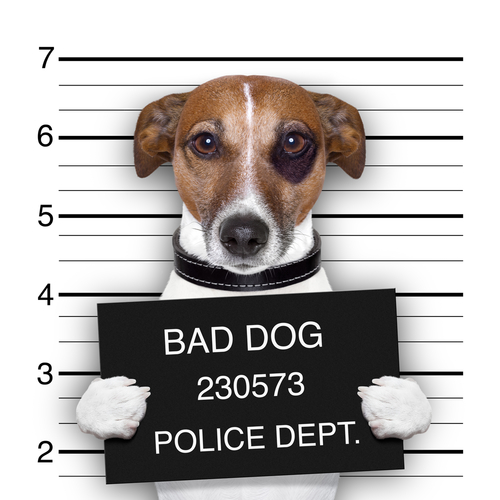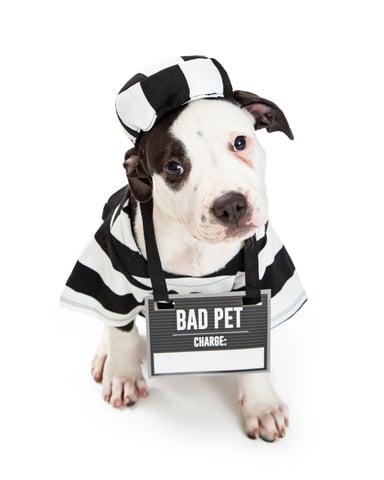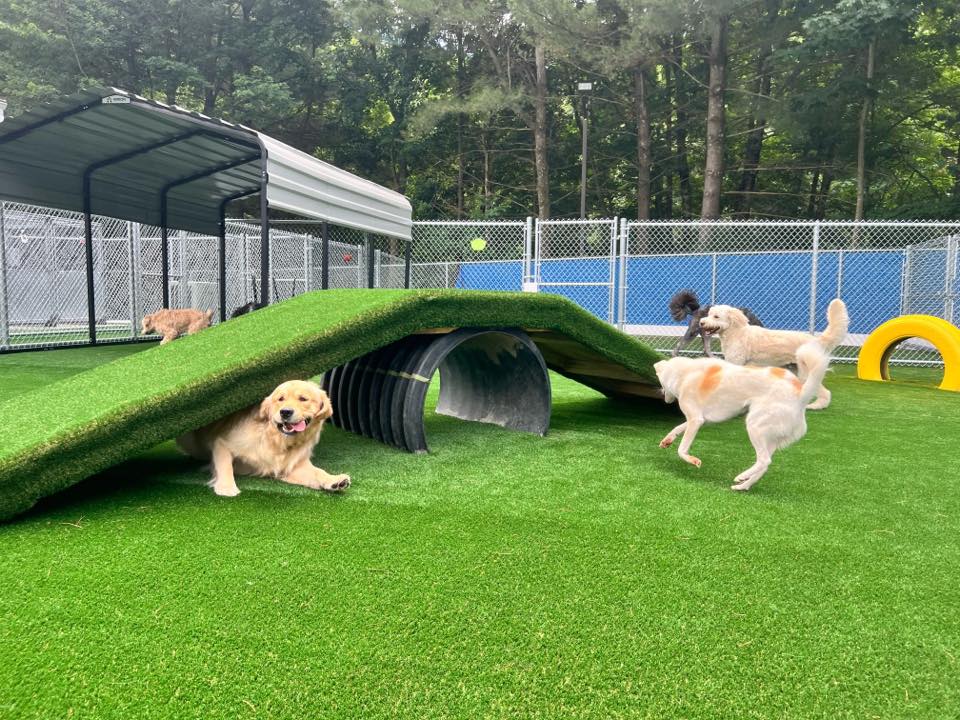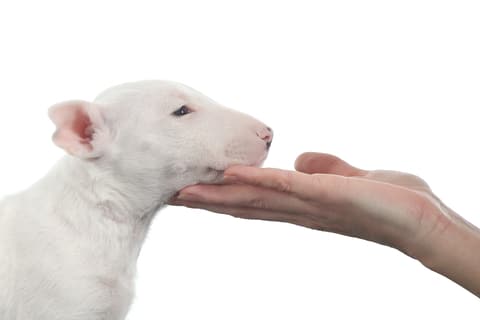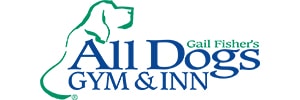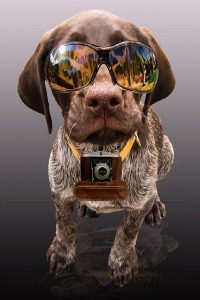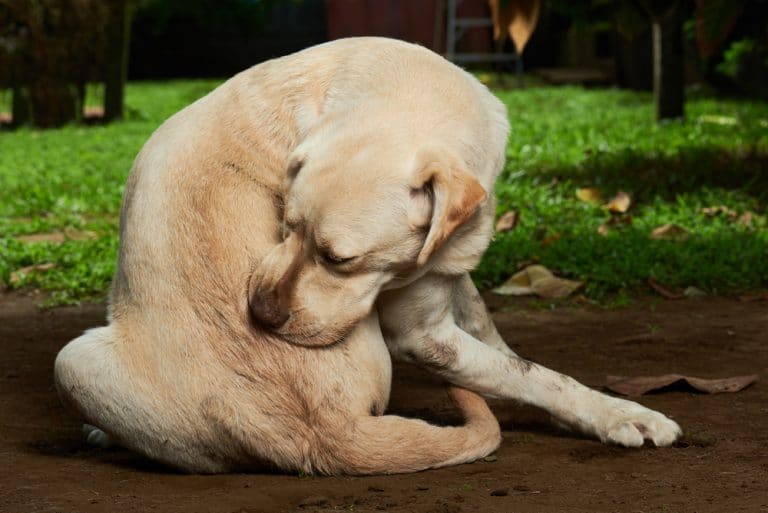
There are many approaches to dealing with fleas – from prevention to elimination. We will, as we always do, give you the approach we rely on for our own dogs.
Prevention: Fleas prefer weak, unhealthy animals. In a multi-dog household, there is usually one (often the geriatric) dog that may be infested, while everyone else has none or few. So prevention recommendation #1 is to feed your dog a healthy diet, provide clean water, bedding and a healthy environment including good exercise and training for mental exercise.
We do not recommend topical flea treatments such as Frontline or Advantix, flea collars and the like. These products use potent pesticides. In other words, poison! Topical applications are absorbed into your dog’s bloodstream so when the flea ingests your dog’s blood, it dies. What does that stuff do to your dog? It can’t be good.
Flea collars work in a similar fashion. Instructions tell you not to touch the collar or wash your hands carefully if you do. But it’s touching your dog for weeks! And your dog is breathing in the fumes from the poison that repels fleas. If kids pet your dog, they may touch the collar—and again, this poison can’t be good for your dog.
What we do recommend is a non-chemical spray that can be lightly applied to your dog. There are a number of websites that have recipes that include small amounts of essential oils such as Eucalyptus or Citronella (use sparingly!).
Elimination: What do you do if you find fleas (or even a flea) on your dog? Assume your home and yard have fleas, as well as your dog. Here are the steps to take:
- Your dog: Start by using a natural flea remedy to spray or bathe your dog. Continue to spray your dog every two or three days, to discourage any new fleas.
- Your home: Vacuum your home, especially rugs and furniture that your dog may sleep on. Either spray the vacuum bag with flea spray, or seal it and throw it away. Flea eggs can hatch in your vacuum and make their way out, so don’t leave the bag in it.
- Your dog’s bedding: Wash it and in any areas where your dog spends a lot of time, spray with a natural flea spray.
- Your yard: Spray your yard with a natural flea spray.
Late summer and early autumn are the worst time for fleas, so check your dog regularly, using a flea comb (small, narrow teeth), especially around the base of your dog’s tail. Fleas love rear ends and bellies. If we see fleas on your dog, we will give him/her a flea bath and let you know. If you want us to bathe your dog, call for a grooming appointment.
